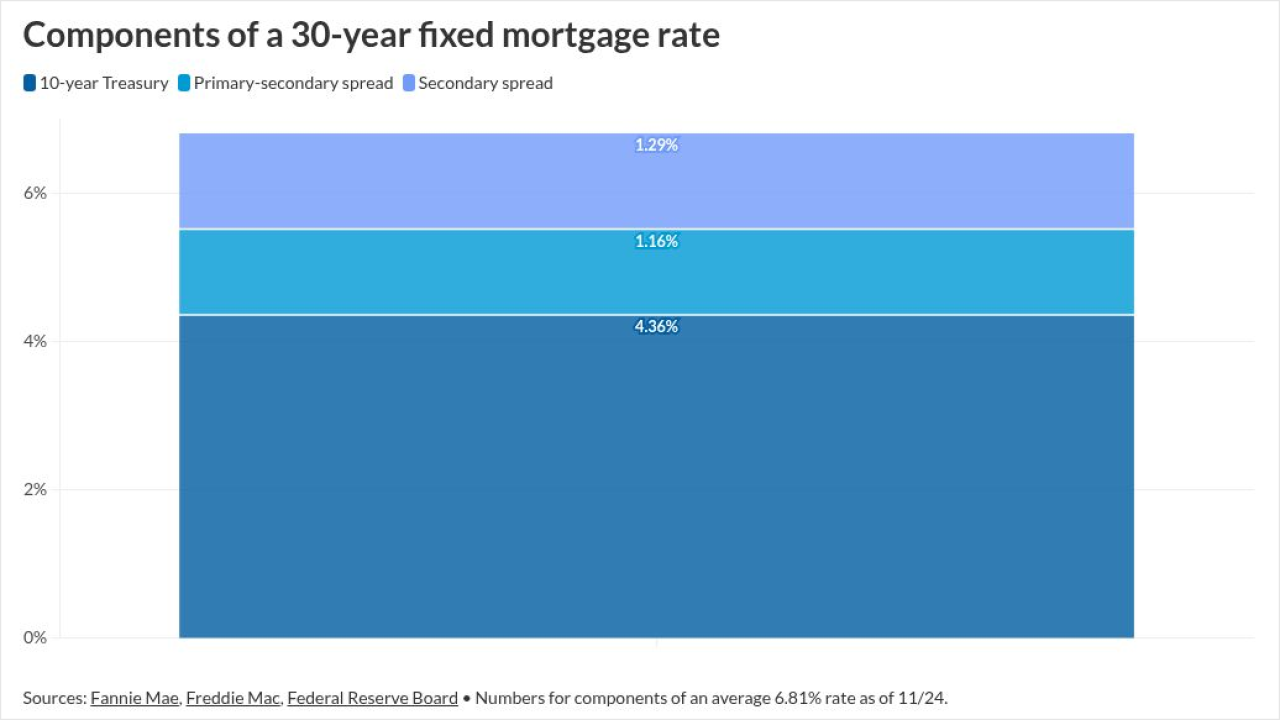The National Association of Insurance Commissioners (NAIC) recently published preliminary models that would reduce insurers' risk-based capital charges and likely increase their demand for collateralized loan obligations (CLOs) rated 'A' and above while reducing it for lower rated tranches.
On December 5, the NAIC's Structured Securities Group published preliminary probability weights for 10 stress scenarios to apply to bonds of CLOs that are broadly syndicated. The move is a part of the regulator's transition to a models-based approach from the current ratings-based approach, said Andrew Berlin, director of policy research at the Loan Syndications and Trading Association (LSTA), in a December 13 note, with the goal of better assessing risk and preventing risk-based capital (RBC) arbitrage.
The SSG plans to publish estimated RBC charges monthly using the new weightings, he said, adding that American Academy of Actuaries (AAA) is independently developing a framework for calculating CLOs' RBC charges that it expects to release early next year.
"If adopted, this framework will become the standard for determining RBC charges," he said.
Should the AAA's framework echo the SSG's models, CLO bonds rated A and above would receive more favorable capital treatment.
"Thus, insurance demand for these cohorts should increase, particularly for single-A rated bonds," where many are treated at NAIC 1A, the regulator's lowest rating for credit risk, according to a December 12 note published by Bank of America Global Research.
The research report notes that most CLO bonds rated BBB will fare worse than their current risk-based capital designation,
"Using the NAIC's current probability distribution, the BBB RBC is harsher than our prior estimate," the BofA report says. "The reason is a higher probability rate for lower recoveries and stress defaults."
Bonds rated BB fare even worse, according to BofA, but while insurers are significant buyers of CLO bonds, the changes should have little impact on the CLO market.
"We don't think the insurance allocation to 'BBs' changes all that much as a result of this," the report says, adding that insurers' participation in BB bonds is approximately 17%, but as a percentage of their general account, "insurance holdings in BBs is [less than] 1%."
BofA estimates that insurers own 45% to 60% of AA, A and BBB rated bonds, and 22% of AA rated bonds, using end-of-year 2023 filings.





